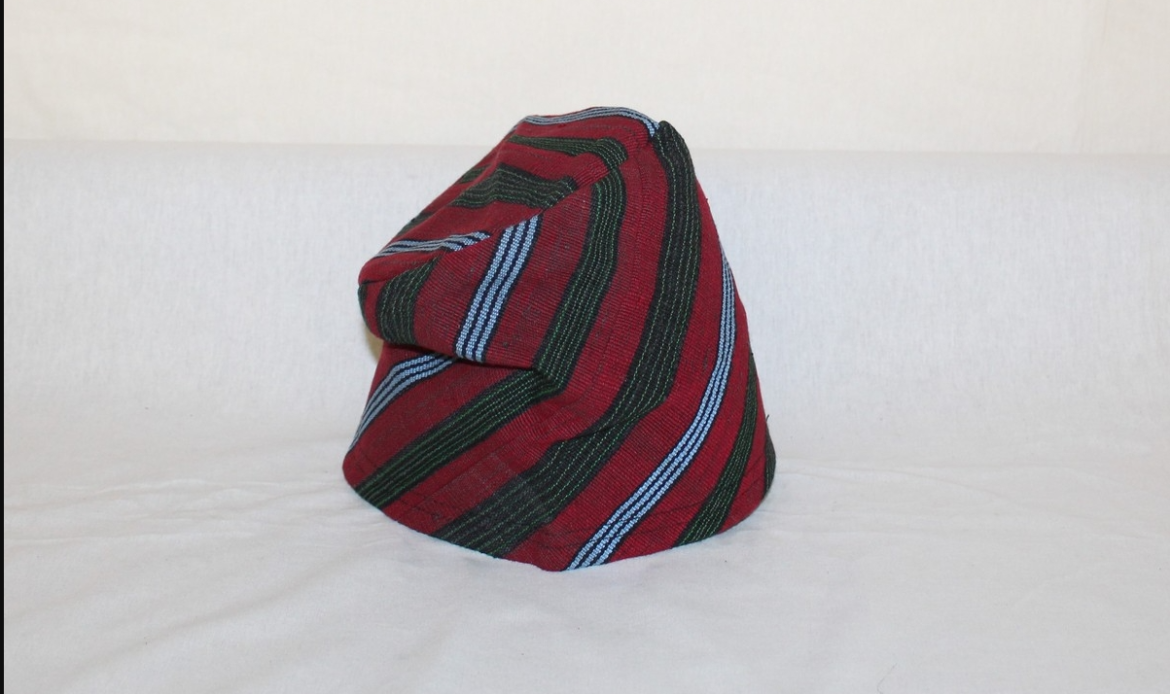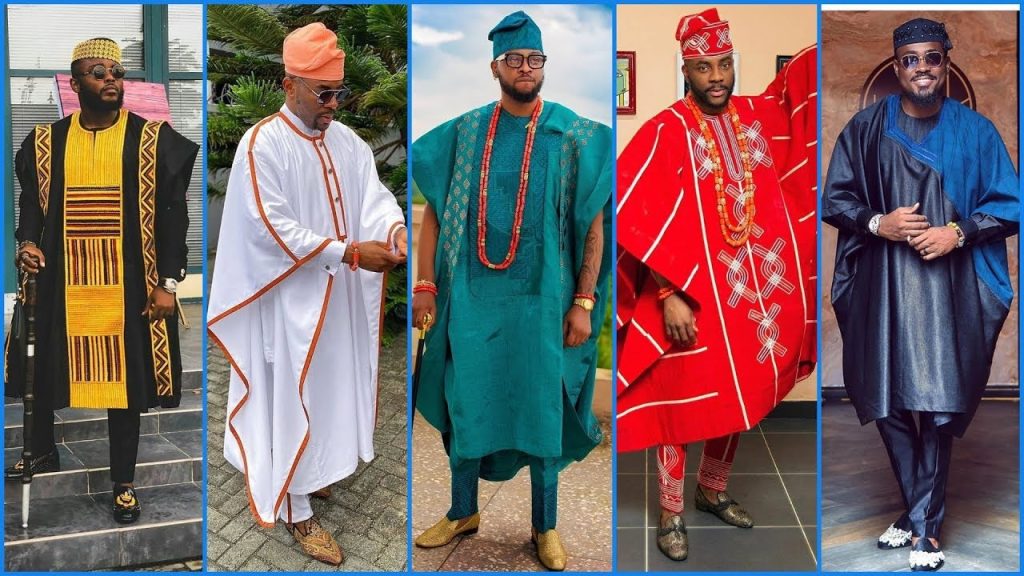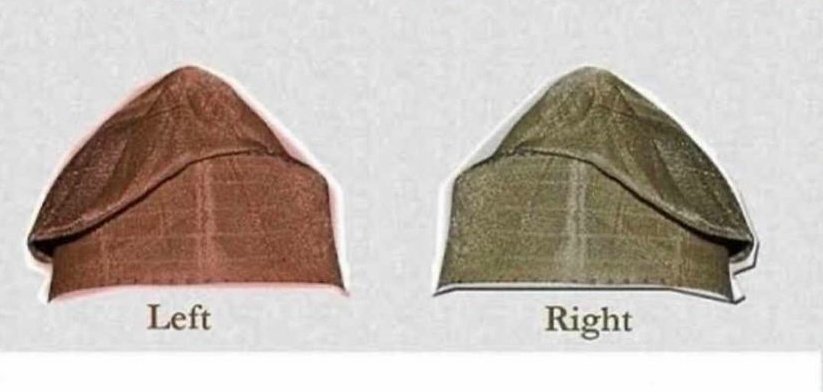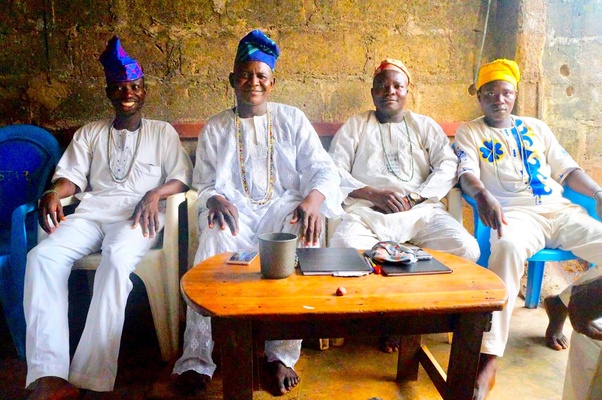
We’ve all seen the majestic Filà, the traditional Yoruba cap, worn with such pride and elegance by men across Nigeria and beyond. Whether at a vibrant wedding or a formal gathering, the Filà is a significant accessory that complements traditional attire and conveys a deep sense of cultural identity.
However, there’s more to wearing a cap than just putting it on your head. Here’s a detailed guide to help you master the art of wearing this iconic Yoruba headwear, ensuring you not only look great but also respect its cultural significance.
Color Coordination is Key
When it comes to the Filà, color coordination is essential. While the fabric does matter, the color of the Filà should be your top priority. Make sure the color complements your overall outfit and is appropriate for the occasion. For example, at a formal event like a wedding, a classic Filà in deep tones like navy blue, black, or brown can exude sophistication.

On the other hand, for a more festive occasion, don’t shy away from bright colors like red, gold, or green to make a bold statement. The key is balance—choose a Filà color that enhances your attire without overpowering it.
Read: Fashionable Ways to Wear Your Gele
Matching Your Filà with Your Attire
The Filà should always match your attire to create a cohesive look. If you’re wearing a traditional Yoruba outfit like Agbada, Buba, or Sokoto, make sure your cap’s color, fabric, and pattern coordinate seamlessly with your clothing. For instance, if your Agbada is richly embroidered with gold accents, consider one with subtle gold highlights.
Similarly, if your outfit is more subdued, a patterned Filà can add a touch of flair. Matching the texture and material of the Filà to the fabric of your outfit—whether it’s cotton, silk, or wool—will ensure a polished, put-together appearance.
Choosing the Right Filà for the Occasion
Different occasions call for different styles of the Filà. Opt for more understated designs and neutral colors that reflect elegance and dignity for formal events, such as business meetings or religious ceremonies. Black, white, or grey Filàs are perfect for such settings, as they project seriousness and respect.

However, you can experiment with bold colors, intricate designs, and even embellishments like beads or embroidery for festive events like traditional weddings, birthdays, or cultural festivals. The more celebratory the event, the more expressive you can be with your Filà choice.
Ensuring Proper Fit and Placement
A well-fitted Filà is the cornerstone of a refined look. The cap should sit snugly on your head, without being too tight or too loose. The brim of the Filà should rest just above your eyebrows, with the crown positioned at the center of your head. One of the most common mistakes is wearing the cap too far back or forward, which can throw off the entire look.
When placed correctly, the Filà enhances your facial features and complements the overall balance of your attire. Take the time to adjust the cap until it feels comfortable and looks perfectly aligned.
Personal Style and Expression
Although tradition plays a major role in how you wear your Filà, there’s plenty of room for personal expression. Experiment with different fabrics, styles, and embellishments to create a unique look that reflects your personality.
Whether you prefer the simplicity of a plain cotton Filà or the grandeur of a velvet or brocade version adorned with intricate designs, there’s no wrong way to express your individuality. You can even add a contemporary twist by mixing traditional patterns with modern cuts or by coordinating your Filà with trendy accessories.
Understanding Filà Etiquette: A Symbol of Cultural Identity
In Yoruba culture, how a man wears his Filà can communicate subtle, yet powerful messages. Here are some key cultural insights to consider:
1. Single vs. Married

One of the most well-known elements of Filà etiquette involves how the cap is worn in relation to a man’s marital status. Wearing the Filà tilted to the right indicates that a man is single while tilting it to the left signifies that he is married. This simple adjustment allows others to understand a man’s marital status without any verbal communication.
2. Symbolism of Direction

The direction in which the cap is tilted also holds significant meaning in terms of life stages and personal experiences. For younger men, tilting the Filà toward the front symbolizes hope for the future and a sense of control over one’s destiny. Conversely, older men often wear their Filà tilted backward, symbolizing wisdom and reflection on past experiences. This practice highlights the depth of respect and value placed on age and life experiences in Yoruba culture.
Read: 5 Nigerian Fashion Creators on YouTube Redefining Style and Elegance
3. Social Hierarchy and Respect
In traditional Yoruba society, social hierarchy is an important consideration when wearing a Filà. High-ranking individuals, such as kings, chiefs, or elders, typically wear theirs to the right or left based on their status. Their subordinates and followers wear their Filà to the opposite side as a sign of respect. This tradition reflects the importance of deference and respect within the community.
4. Courtship Traditions
A unique cultural tradition involves the groom-to-be wearing his Filà when visiting his fiancée’s family home. According to Yoruba customs, this signals his commitment to the relationship and discourages other potential suitors from vying for her attention. This practice adds a layer of significance to the Filà beyond fashion, embedding it in the courtship process.
The Filà is more than just a cap—it’s a symbol of Yoruba pride, personal expression, and social status. Whether you’re wearing it for a wedding, a business meeting, or a cultural celebration, understanding the etiquette and styling techniques will help you wear the Filà with confidence and cultural respect.
Have you tried incorporating a Filà into your outfit? Share your experience or tips on styling this iconic headwear. Whether you’re keeping it traditional or adding a modern twist, we’d love to see how you wear your Filà!
